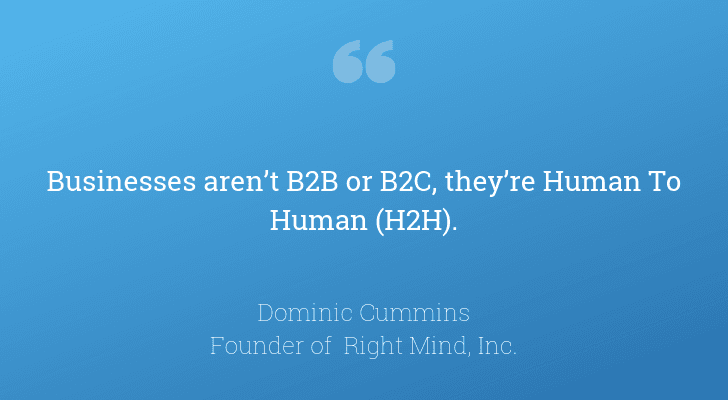You often ask us to compare Convertful with a standalone plugin for list building. Great idea! But first, it’s important to compare their software delivery models, as it’s the key.
So what’s better for list building: a standalone plugin or a SaaS (software as a service) solution? I’ll try to highlight the key differences so that you could decide yourself.

Advantages of standalone plugins
Cheap or free
You can buy most of the premium plugins for a one-time fee. And if a plugin is GPL-licensed, you even can ask other plugin’s customers to send you its copy. And it’s completely legal! One note: you may need to buy a license later to update such a plugin.
Plugins’ license usually includes 6-12 months of support and updates. And you can extend it later for an extra fee.
Using plugin is a great option when you’re not yet ready to spend any money on your list building. Good point for a non-profit hobby, or if you want to check your hypotheses before a business launch.
Native integration
When a developer creates a standalone plugin, she focuses on its particular platform. For this reason, standalone plugins are usually more seamless and native to integrate.
Also, they can provide some platform-specific abilities, which need internal site data. For example, WordPress plugins can target subscription forms using post tags and categories.
To compensate this, most of the SaaS solutions provide special connector plugins. When you install a connector, a service can exchange the internal data with your site. And this allows providing the same special features as the standalone plugin does.
Found no connector plugin for a SaaS solution? Worth checking, if it provides the needed platform-related features.
You own the code
A plugin is a group of files that you own, and that you can review and change the code if you want. If you can code, it allows you to extend the plugin and even to add own features!
When adding new features, please remember: changing the code is not update-safe! The proper way is to use the built-in hooks, so the added features would remain even after the plugin update.
If you’re experienced developer and ready to spend some time coding, using a plugin is a great option! It gives you an ability to create almost everything you can ever think of.
Advantages of SaaS solutions
Using standalone plugins is a great option, but it has some limitations for list building. This provides relevant opportunities to SaaS, and some of the services use them. To be accurate, we’ll tell about Convertful features that we couldn’t offer as a standalone plugin.
Doesn’t affect the website loading speed
Your site executes plugins’ scripts while a page is loading, and this increases page load time. The more complex features a plugin provides, the more delay it will add to page load time.
As for SaaS solutions, they load scripts after the page is ready, so they don’t affect load speed at all!
SaaS is great, when pages load speed matters, or when you want to increase site performance. This is especially useful for high-load sites.
Can recover up to 4-7% of subscribers
I had a Skype call with our client, and she told me about the bad experience with one popular list building plugin. She configured everything and started receiving leads. Everything was fine until the plugin all a sudden stopped adding subscribers to the list.
Worst part: she found out this only in two weeks, so she lost all the contacts that subscribed during this time!
We felt shocked to know that! So we did the research, and found out that a typical list-building tool loses up to 4-7% of subscribers! This happens because of many reasons. Including old API, servers downtime, revoked keys, blocked accounts and so much more!
So we developed the technology that protects from these issues and recovers subscribers. When a problem happens, once we resolve it, we resubmit all your pending subscribers. This is possible only when live people track such issues, i.e. as a part a service.
SaaS is great when every subscriber is important, as well as their opt-in experience.
Not vendor-locked to a particular platform
Our client started blogging on WordPress because it’s quick and simple. Recently he decided to migrate part of his landing pages to LeadPages. He changed the pages’ platform but kept all the widgets and lead generation settings. So he saved time and money.
When you don’t bind your list building to a particular platform, this gives you more freedom to choose. You can create blog and landing pages on that platforms, which suit best their relevant tasks. And you connect them all to the same lead generation service, so all the data and settings are in one place.
SaaS gives incredible freedom in using several platforms for your web presence.
Provides premium-quality support
Support teams of standalone plugins cannot access its widgets’ data and settings. They can give advice, but unlike SaaS teams, they cannot help directly.
Plugins add new features only on planned updates and provide no tailored customizations. In contrast, a SaaS can be more flexible and can even provide quick updates to help a certain customer.
If premium-quality support is essential, consider using SaaS instead of a standalone plugin. Plugins’ architecture, distribution, and business model are not compatible with real premium-quality support.
Summary
Both standalone plugins and SaaS solutions have their strengths and weaknesses.
Standalone plugins are cheaper (or even free), and it’s a great option when it’s vital to cut costs by any means.
SaaS solutions can provide better list building experience. And though they need periodic payments, it’s a great option when every subscriber matters.
 How to Use Convertful Opt-in Forms for eCommerce
How to Use Convertful Opt-in Forms for eCommerce 120 Marketing Quotes To Get Inspired
120 Marketing Quotes To Get Inspired